The transition from Intel processors to Apple's own Silicon chips brought with it a number of interesting changes. First of all, we received the long-awaited increase in performance and reduction in energy consumption, which especially benefits users of Apple laptops. Because of this, they offer significantly longer battery life and don't have to worry so much about the once typical overheating.
It could be interest you

But what exactly does Apple Silicon represent as such? Apple completely changed the architecture and adapted other changes to it. Instead of the most widespread x86 architecture, which the leading manufacturers Intel and AMD bet on, the giant bet on ARM. The latter is typical for use in mobile devices. Microsoft is also experimenting lightly with ARM chipsets in laptops, which uses models from the California company Qualcomm for some of its devices from the Surface series. And as Apple first promised, it also kept it - it really brought to the market more powerful and economical computers, which immediately gained their popularity.
Unified memory
As we mentioned above, the transition to a different architecture brought with it other changes. For this reason, we no longer find traditional RAM type operating memory in the new Macs. Instead, Apple relies on so-called unified memory. The Apple Silicon chip is of the SoC or System on a Chip type, which means that all the necessary components can already be found within the given chip. Specifically, it is a processor, a graphics processor, a Neural Engine, a number of other co-processors or perhaps the mentioned unified memory. The unified memory brings a relatively fundamental advantage compared to the operational one. As it is shared for the entire chipset, it enables much faster communication between individual components.
This is precisely why unified memory plays a relatively crucial role in the success of the new Macs, and thus in the entire Apple Silicon project as such. It therefore plays a vital role in higher speeds. We can appreciate this especially with apple laptops or basic models, where we benefit the most from its presence. Unfortunately, the same cannot be said about professional machines. It is precisely for them that a unified memory can be literally fatal.
It could be interest you
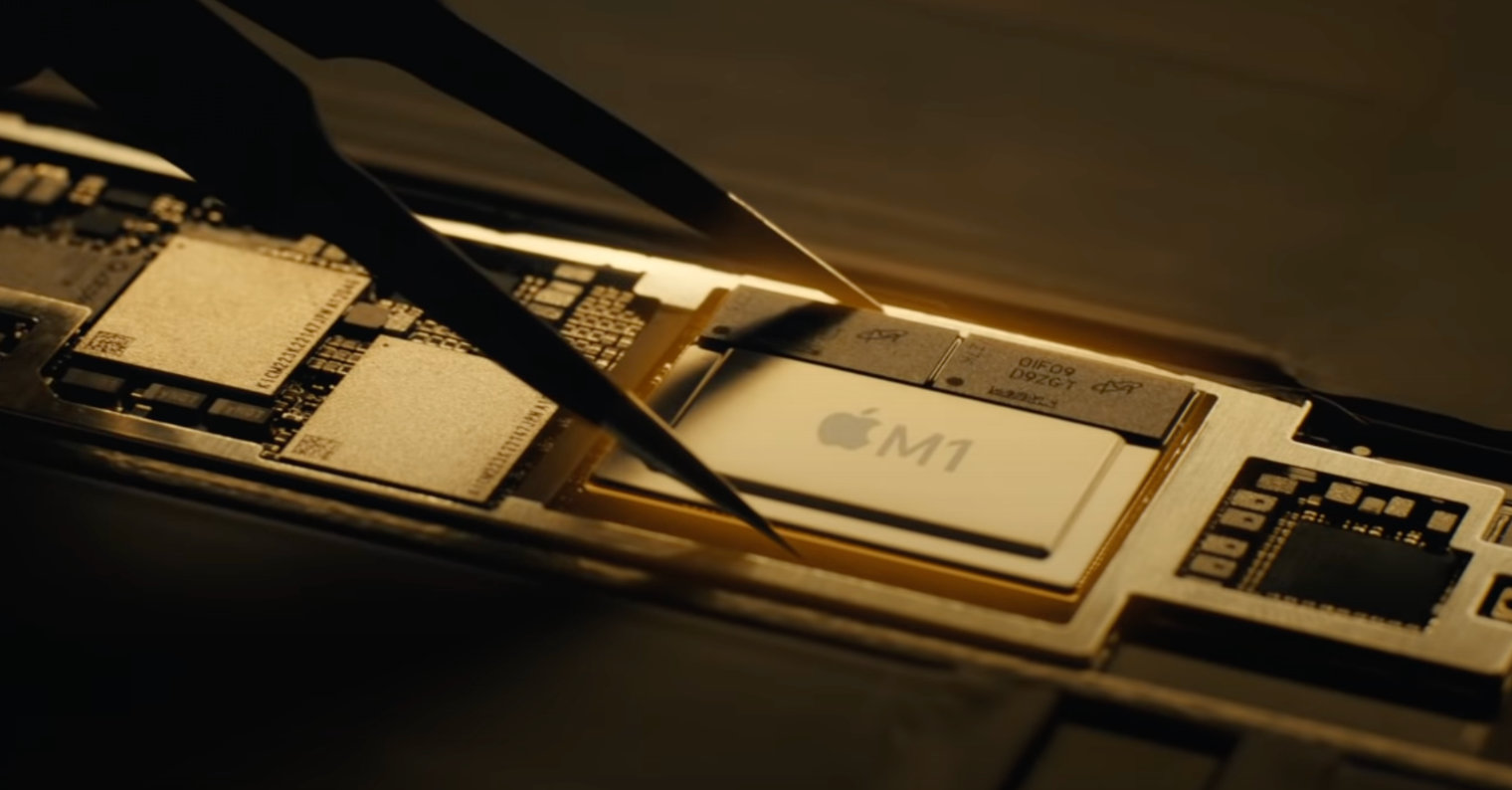
Mac Pro
While the current ARM architecture in combination with unified memory represents a brilliant solution for Apple laptops, which benefit not only from their performance but also from long battery life, in the case of desktops it is no longer such an ideal solution. In this case, there is no need to worry about battery life (if we ignore consumption), while performance is absolutely key. This can be quite fatal for a device like the Mac Pro, as it undermines its pillars on which this model is built in the first place. This is because it is based on a certain modularity - apple growers can change the components as they like and improve the device over time, for example. This is not possible in the case of Apple Silicon, as the components are already part of a single chip.
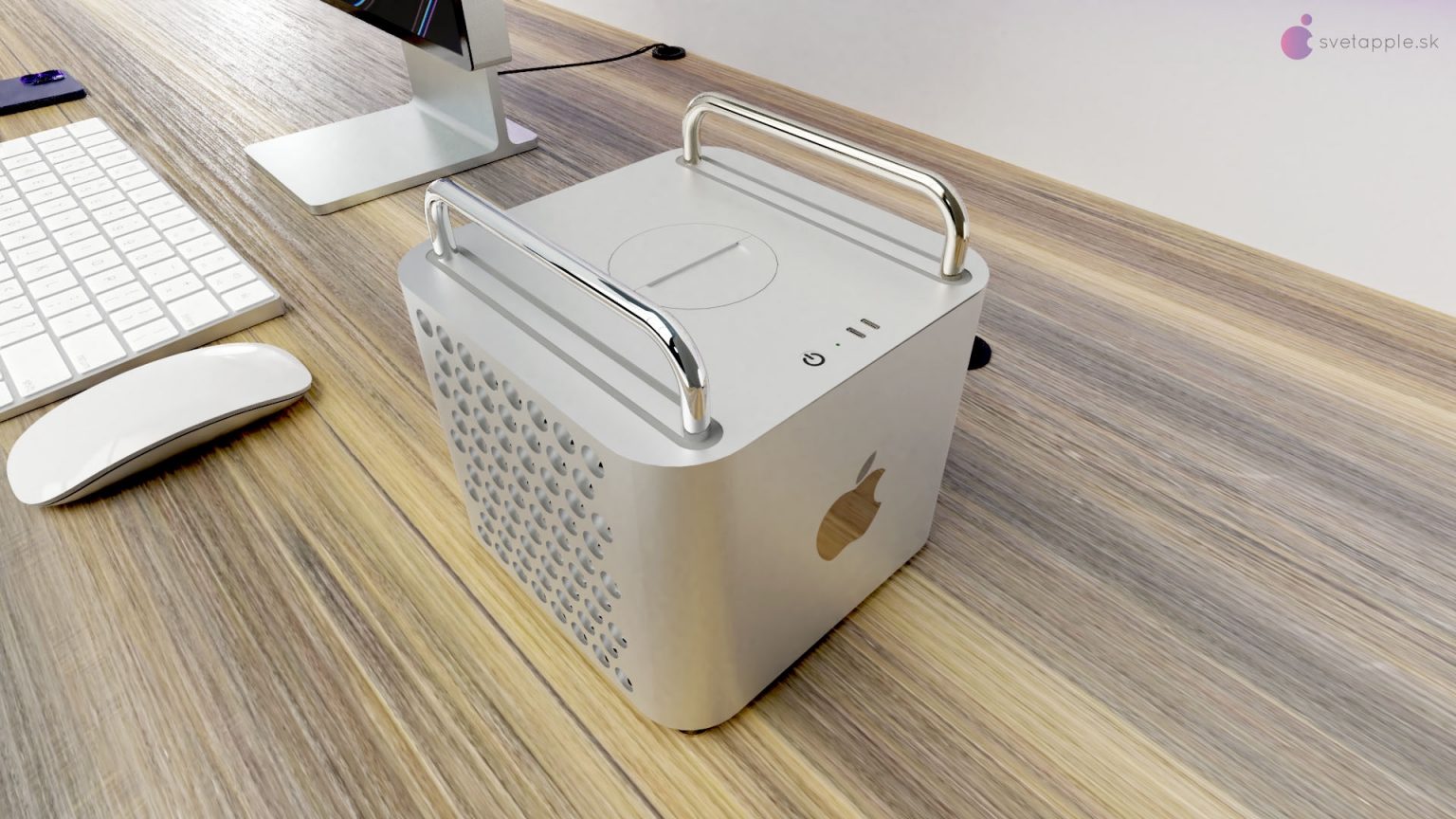
Moreover, as it seems, this whole situation probably doesn't even have a solution. Modularity in the case of the deployment of Apple Silicon simply cannot be ensured, which theoretically leaves Apple with only one option - to continue to sell high-end models with processors from Intel. But such a decision would (most likely) bring more harm than good. On the one hand, the Cupertino giant would indirectly learn that its Apple Silicon chipsets are inferior in this regard, and at the same time it would have to continue developing the entire macOS operating system and native applications even for the Intel-based platform. This step would logically hinder development and require further investment. For this reason, Apple fans are eagerly awaiting the arrival of the Mac Pro with Apple Silicon. Whether Apple can score even with a professional device that cannot be upgraded at will is therefore a question that only time will answer.
It could be interest you
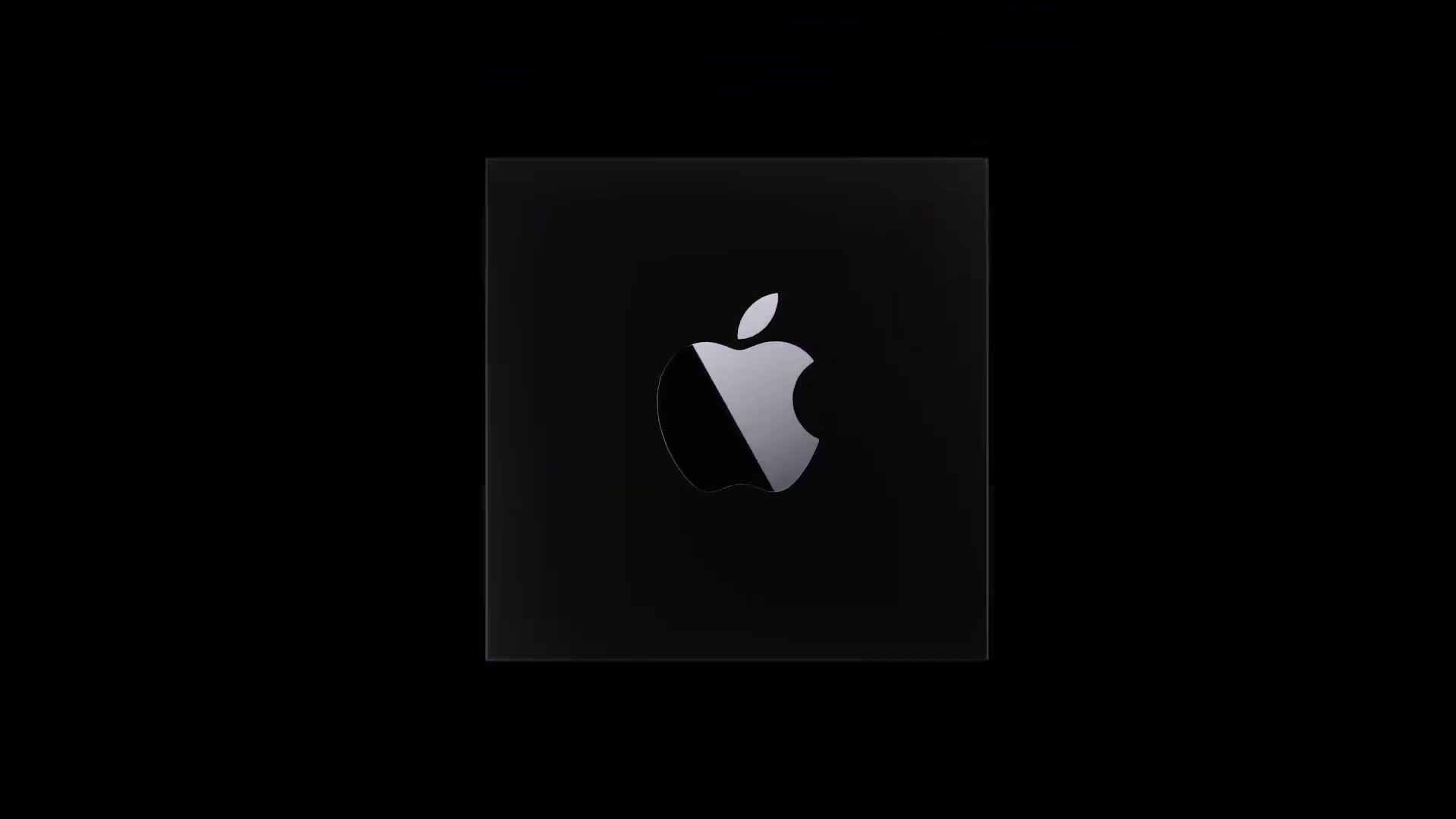
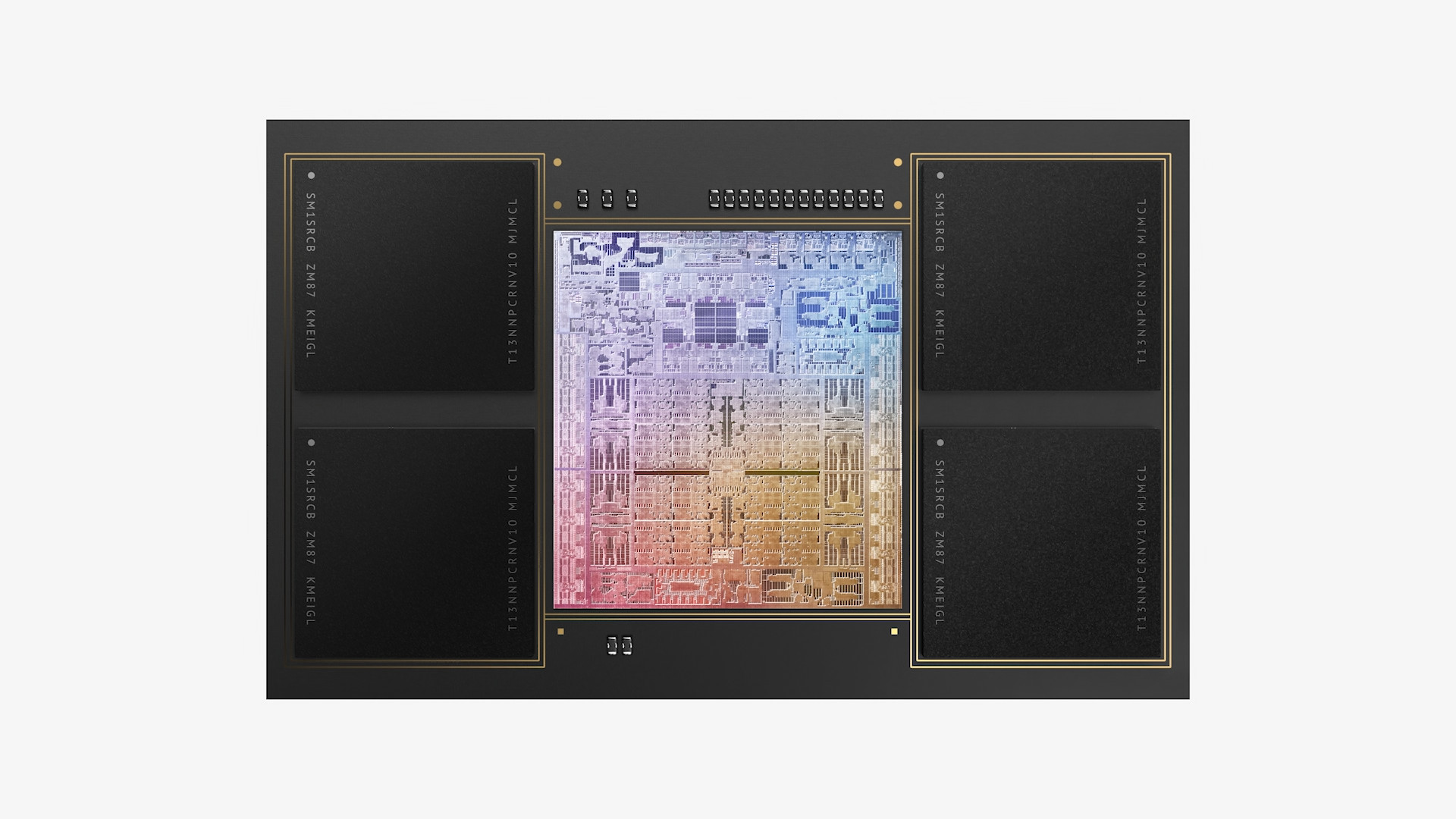
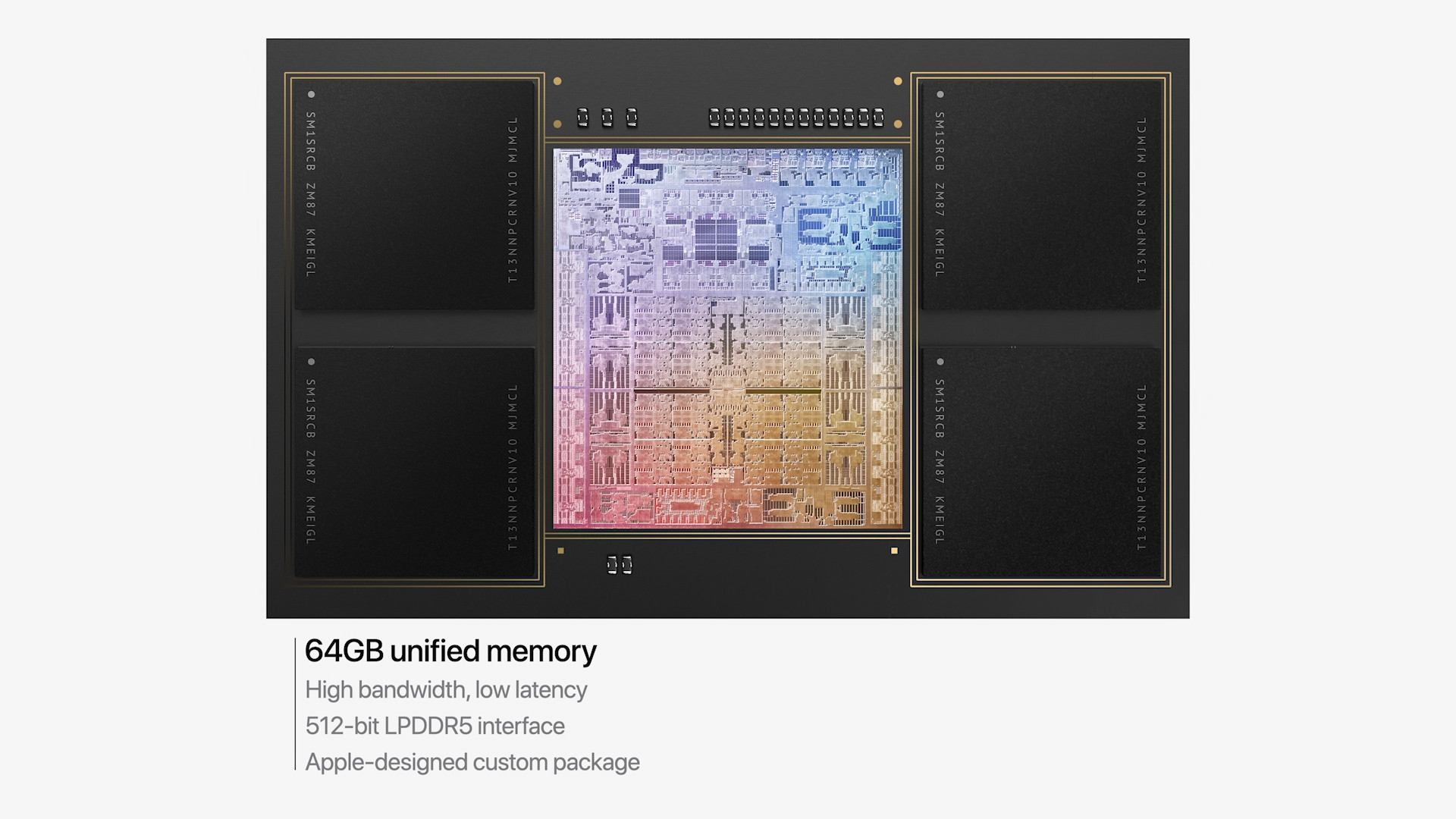
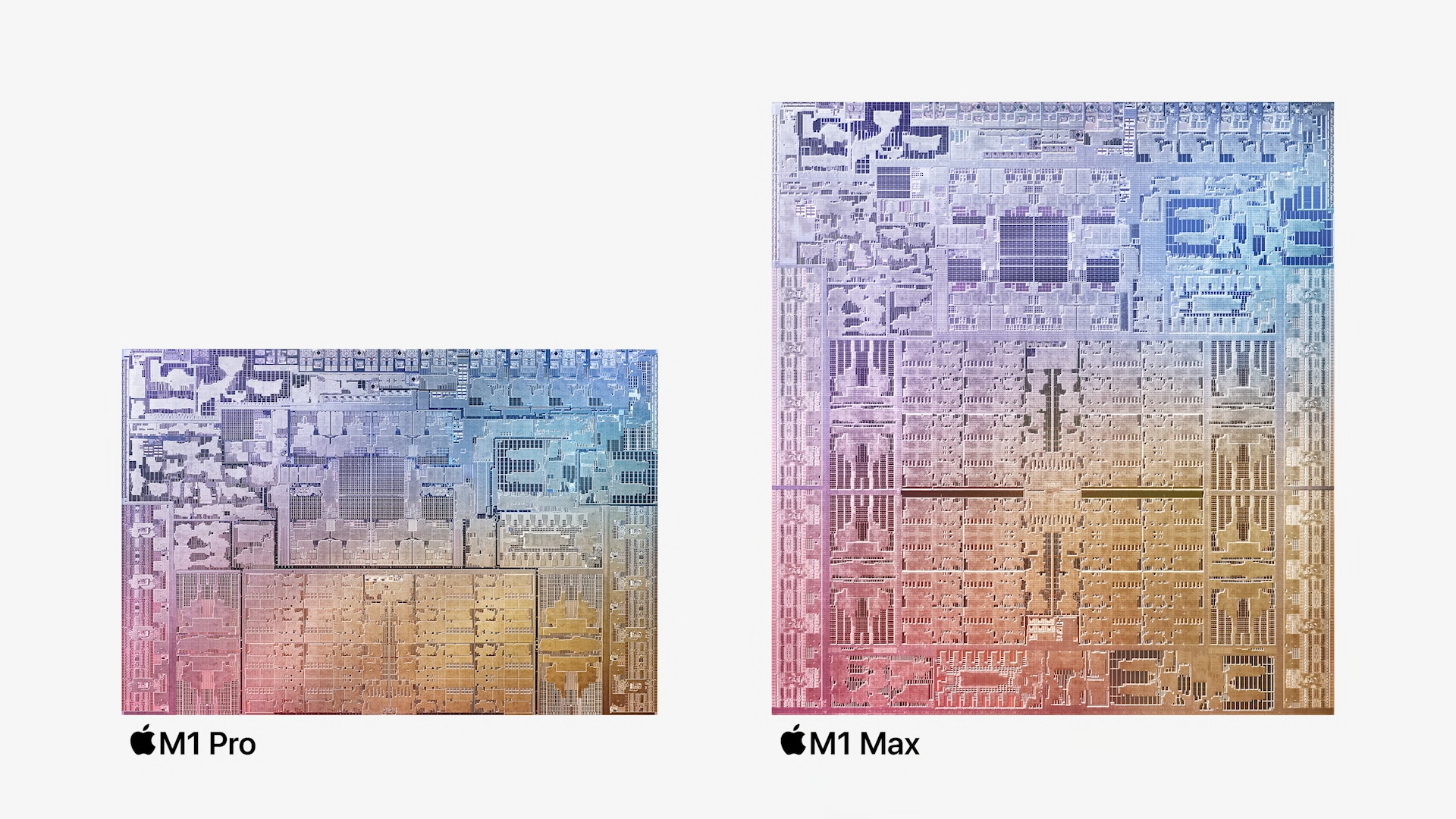
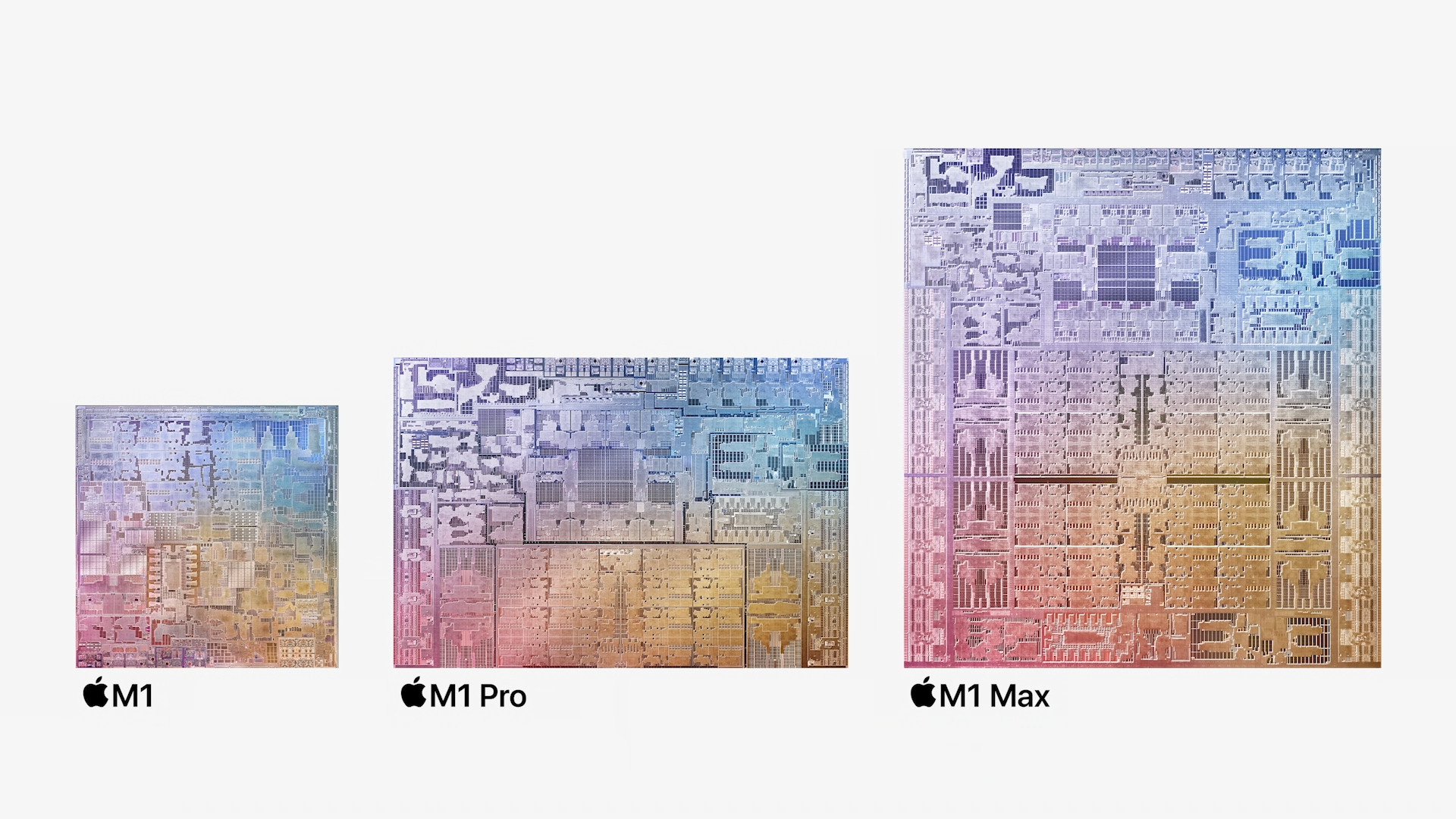
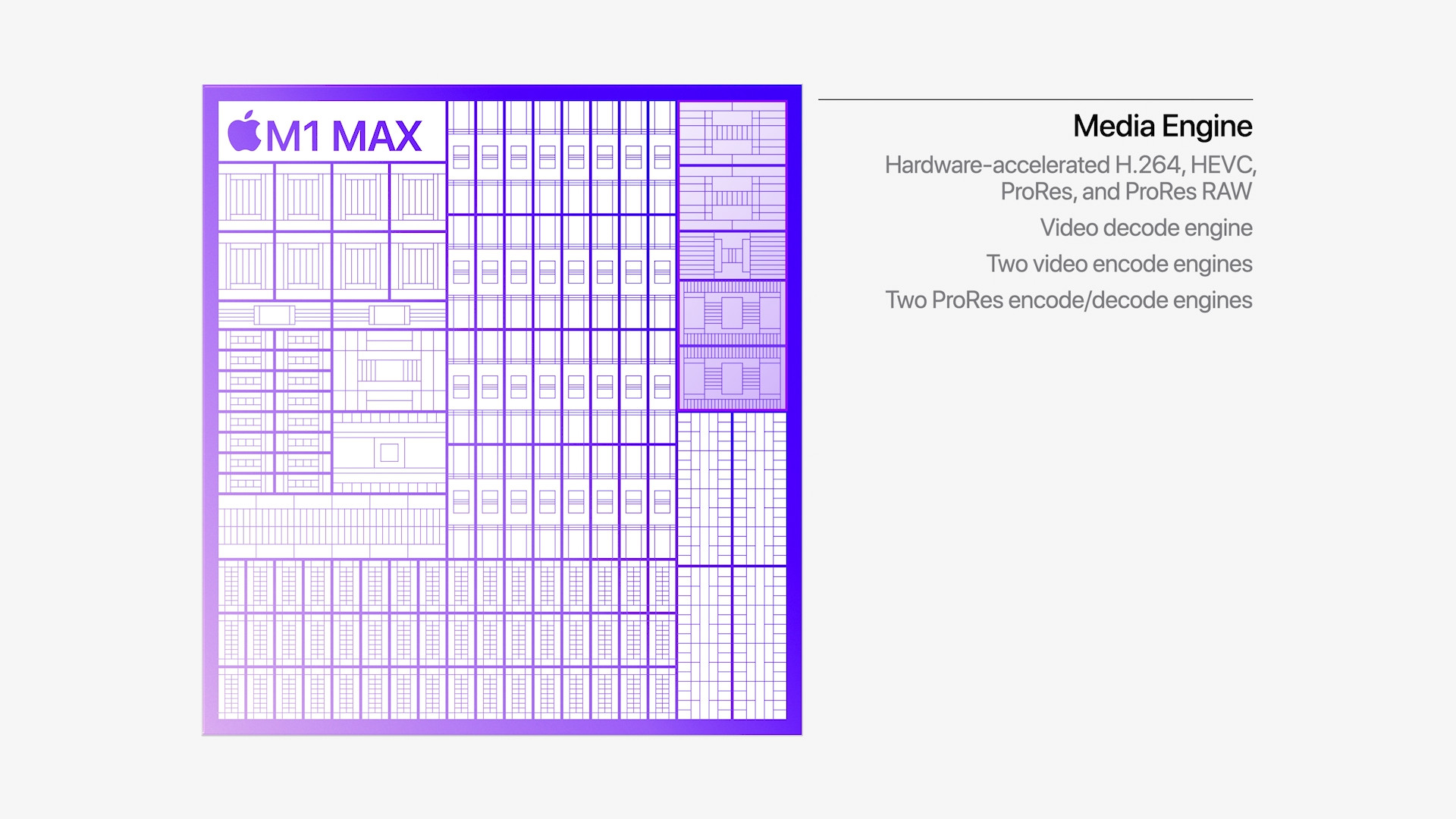
Every time an article about the Mac Pro comes out on Apple Silicon, I still wonder if the professional stationary machine isn't the Mac Studio. What else would a Mac Pro give us? However, I read elsewhere that the Mac Pro would have modular storage, but unfortunately with a proprietary connection method.
I kind of don't care if Apple eventually releases a Mac Pro with 2x "M2 Ultra" and 768GB of "unified memory" (which, by the way, is "just" classic LPDDR5X that can also be found in AMD/Intel devices, only it's " stuck" on the SoC). I'm more interested in when Apple will cut support for x86 (and Rosseta2) in macOS
The unannounced M2 Ultra will allow for 192GB of RAM… from my own experience with the platform, this is much more than the same amount of RAM on an Intel Mac, thanks to the unified memory concept.
And for real… how many Mac PROs with 256/512 GB RAM + were sold per year?
In addition, the architecture has excellent handling of swap. I would expect the Mac Pro to work with it somehow. That it will offer some hybrid RAM composed of up to 192 GB, supported by perhaps a 1-2 TB RAID of super fast SSDs (in the TOP variant).
That hybrid RAM and storage modularity with NVME support could be the plus over the Studio.
+ I firmly believe that for APPLE there is also the possibility of combining ULTRAs together and having, for example, a dual-board MacPro.